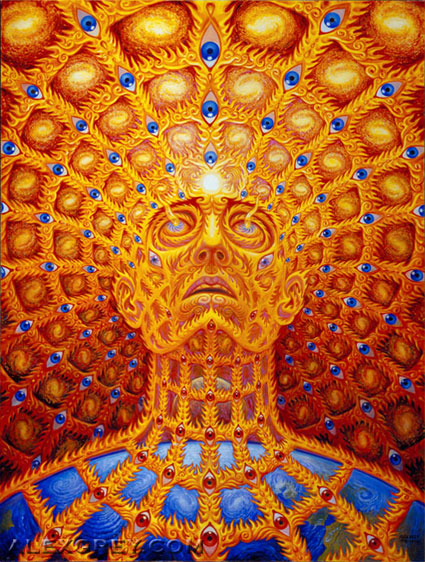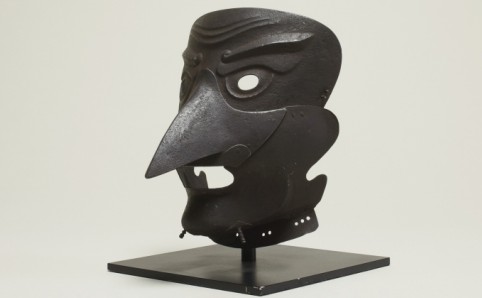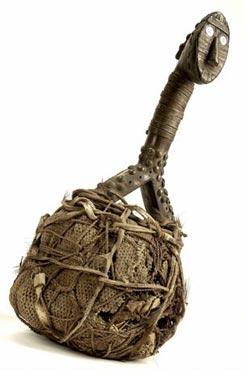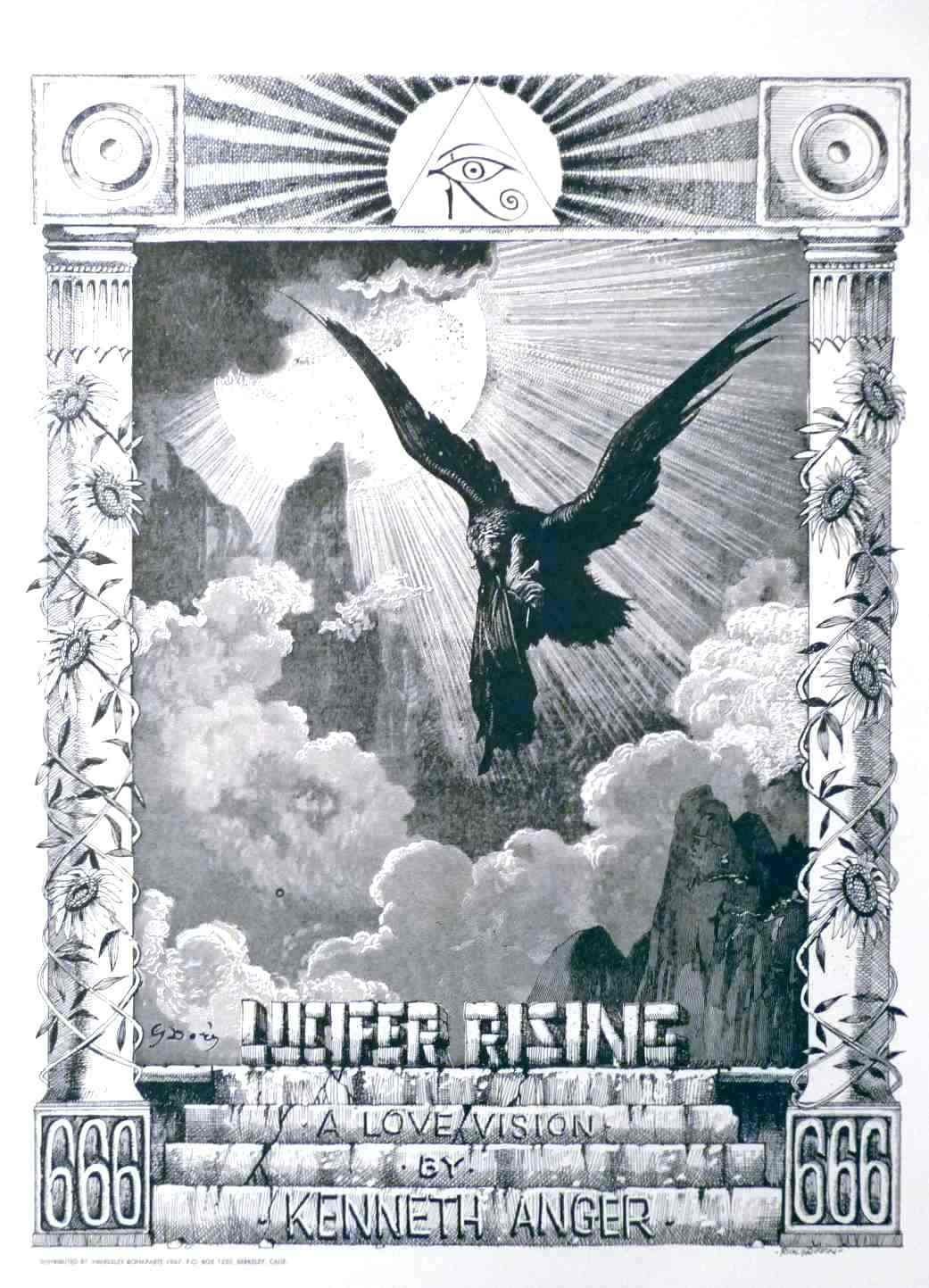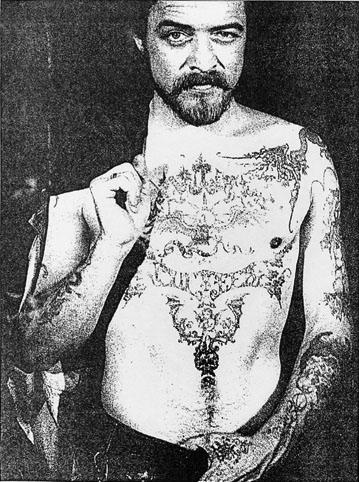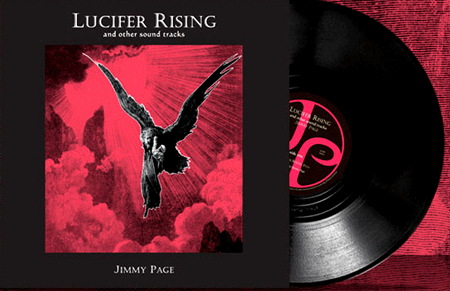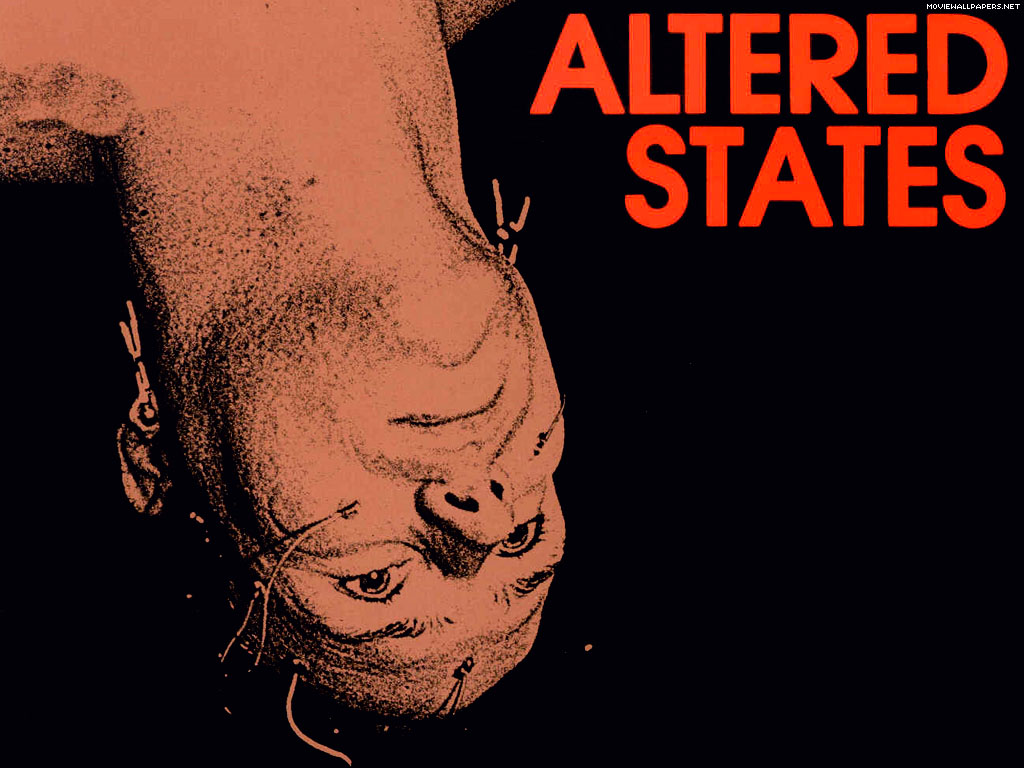Funeral Mist: Blessed Curse from the Maranatha album (2009).
They scoffed at his feast of love, now they shall be dragged to his table of justice and made to drink their due deserts.*
They scoffed!…at the feast of the Lord and now they will be made to drink of their due deserts. Those of you that are away from God, I’m warning you, there’s coming a time, you would give anything for the cup of salvation, you would give anything to follow in the Lord’s steps and take up your cup and drink it whenever he calls you to do with the Christians; but it’s too late! So you were an angry man on the Earth? I’m an angry god in heaven.
Don’t forget our test tonight, for in the hand of the LORD there is a cup, and the wine is red; it is full of mixture and he poureth out of the same. But the dregs thereof, all the wicked of the earth shall wring them out, and drink them. (Psalm 75:8)
Friends, the judgment. The punishment of the wicked is prepared, God holds it in his hand, in the chalice of his wrath he holds it.
…The wine of the wrath of God which is poured out without mixture into the cup of his indignation and he shall be tormented with fire and brimstone in the presence of the holy angels and the presence of God.** (Revelation 14:10)
Take the wine cup of the fury at my hand, and cause all the nations, to whom I send thee, to drink it. And they shall drink, and be moved, and be mad, because of the sword that I will send among them. Then took I the cup at the LORD’s hand, and made all the nations to drink, unto whom the LORD had sent me. (Jeremiah 25:15-17)
Cursed shall be the fruit of thy body,
And cursed shall be the fruit of thy land,
Cursed shalt thou be when thou comest in,
And cursed shalt thou be when thou goest out. (Deuteronomy 28:18-19)
I gave you everything —-. He will force you as a parent forces a child to take medicine, he’s gonna force you to take the cup of the Lord…The wine is red! That signifies, my friends, the retribution! The payment! Vengeance! Blood for blood!
And thou shalt grope at noon-day, as the blind gropeth in darkness,
And thou shalt not prosper in thy ways:
And thou shalt be only oppressed and spoiled evermore,
And no man shall save thee. (Deuteronomy 28:29)
The stranger that is within thee shall get up above thee very high;
And thou shalt come down very low.
He shall be the head, and thou shalt be the tail. (Deuteronomy 28:43-44)
And thy heaven that is over thy head shall be brass,
And the earth that is under thee shall be iron.
The LORD shall make the rain of thy land powder and dust:
From heaven shall it come down upon thee,
Until thou be destroyed (Deuteronomy 28:23-24)
You’ll cry! You’ll cough! You’ll choke! And you will be…trapped. You’ll see the dregs, you’ll see the bottom of the cup, you’ll see the soupy mixture but you’ll keep drinking it and drinking it and drinking it and drinking it; my friends, Hell is forever! Damnation is forever!
It’s not a day in Hell, it’s eternity. When the Rapture takes place all hell is gonna explode. Then you will be within the sodomite hordes, when the Rapture takes place, you will not make it…you’re not going up. Why? You made a choice. You made a choice. It’s a horrible tempest! This shall be the cup, the portent of their cup. Death! Every last sin —. Don’t hold back at me; ‘cause when you hold back, friend, you’re dropping into the cup, it’s being stored up. And you will be forced to drink it, it will stand over you. And judge you.
The LORD shall make the pestilence cleave unto thee,
Until he have consumed thee from off the land,
Whither thou goest to possess it.
The LORD shall smite thee with a consumption,
And with a fever; and with an inflammation and with an extreme burning,
And with the sword, and with blasting, and with mildew;
And they shall pursue thee until thou perish,
Because thou wouldest not obey the voice of the LORD thy God. (Deuteronomy 28:21-22, 62)
— It sayeth in the — saying with a loud voice: If any man worship the beast and his image, and receive his mark in his forehead, or his hand, the same shall drink of the cup… (Revelation 14:9-10) …It is full of mixture, and this represents, friends: spices of anger, justice and repeated rejections of mercy. How many times has God tried to warn you?
You’re mixing the cup! You’re the ones dropping every ingredient in! You’ve stirred up wrath! And if you don’t believe what I’m speaking then you read the word! You’ve mixed his wrath! And it’s poisonous. It’s not the church that is causing the wrath to come down, it’s you! Drink it! Drink it! Not only will you have no choice, you’ll never reach the —.
You won’t — to do it. He will —-
—
*The first four paragraphs of the sample are partly from the exposition by Charles H. Spurgeon of Psalm 75:8 in the book The Treasury of David.
** It’s “presence of the Lamb” in the original verse.
—
All the dirty work done by Aceres, used with kind permission. Thank you!






